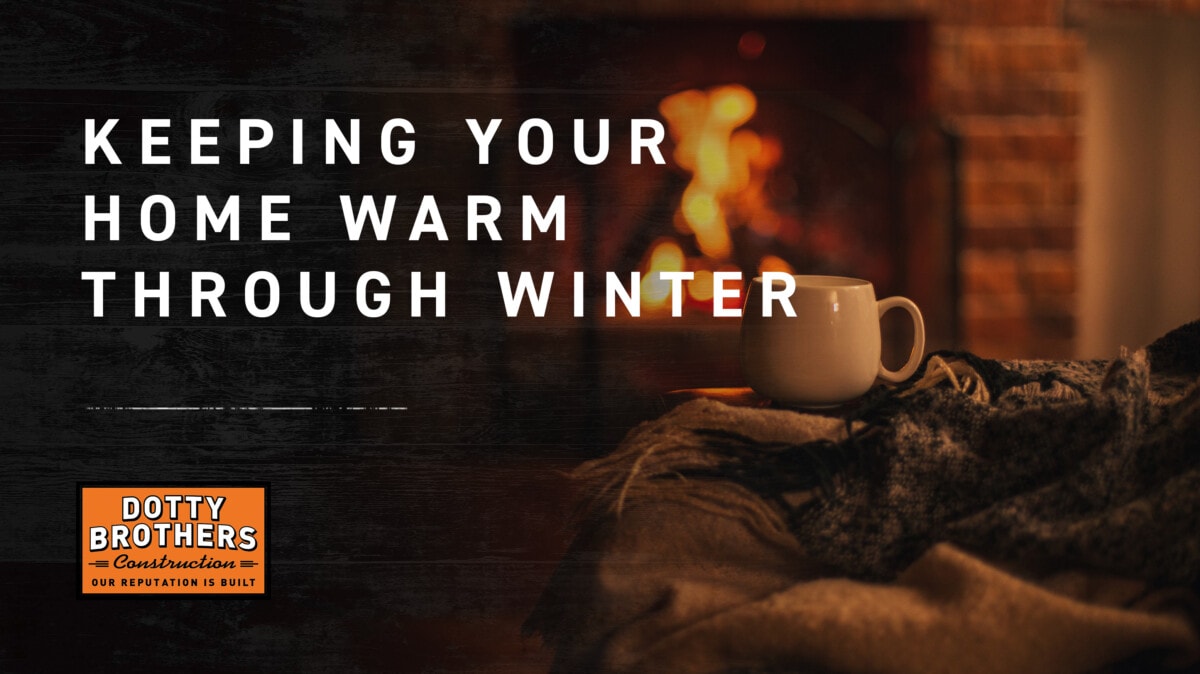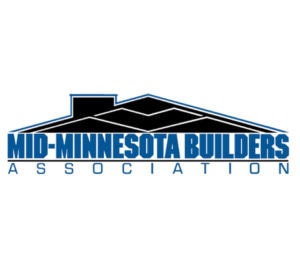
There are a lot of ways to keep a house warm in the winter. The very best way is to plan and build for that. In the past, houses were typically framed up using 2x4s for all walls, whether they are interior or exterior. These days, new builds use 2x6s for the exterior walls. That allows for 50% more insulation in the walls and is a huge win for efficiency. Insulation in general is also much more front of mind for contractors and home buyers. The federal government’s Energy Star program suggests most attics be insulated to R-38, which is 10-14 inches of attic insulation, depending on the type of insulating material. In the great, cold north of Minnesota, you might have 18-24 inches or more. After all, it’s much easier to plan for that kind of efficiency from the start, and a few more inches of insulation is cheap relative to years of heating expenses. But you can also add insulation to an attic; just be aware of whether you are using faced or unfaced insulation: faced insulation has a vapor barrier, and you don’t want to trap moisture inside the insulation.
Heated floors are another great way to warm up a house. For some types of in-floor heating, it’s once again much easier to plan for it from the start and build it into the home. For example, a boiler system that circulates warm water through tubing inside a concrete slab or floor. That turns the entire floor into a source of heat, radiating into the house. It’s also nice and warm underfoot. This effect can also be achieved by running electric wires underneath the floor, and it is much easier to do as a renovation than a hydronic system. But no matter what, installing in-floor heating should be done as part of a larger renovation, because all the flooring has to be removed, and in all likelihood the subflooring as well.
Properly installed, energy-efficient windows are a vital factor, too. Choosing the right type of window is important, especially in Minnesota. For our cold weather, wood, vinyl, fiberglass, or composite window frames are the best choices. Wood with vinyl cladding is even better because the vinyl protects the wood. But don’t select aluminum window frames. Aluminum simply doesn’t hold heat well, and it’s a poor choice for cold climates. Triple-pane, low-E glass is a great choice for the window itself. Low-E glass is treated with a thin metallic coating that filters certain types of light into your home, helping give you some solar heat during the winter. Installation matters, too, especially making sure that the gaps around the windows are sealed and caulked.
Even if your house is already built, and you’re not planning any major remodeling any time soon, you can still make some simple, DIY efforts to keep your home warm. For one, adding weather stripping to windows and doors is an easy way to help seal off air leaks, which are very common with older windows. If you can feel air leaking around outlets on exterior walls, you can add a foam gasket underneath the outlet’s wall plate. Just remove the screw(s) holding the plate onto the outlet, punch out parts of the gasket to allow the outlet to come through the plate, and push the gasket onto the outlet. Then re-attach the wall plate. The gaskets come pre-perforated so you can customize their fit to any type of outlet.
Design choices can make an impact on keeping your home warm, too. A heavier set of curtains acts as a barrier to breezes leaking through gaps around the window. You can install blinds that are intended to block cold as much as light or sightlines. A thick rug almost instantly warms up a hard floor. If you have a fireplace, it will certainly make a space feel warm. Though, unless the fireplace is designed to pump out heat, it’s probably a net loss for your home as a whole. Lighting a bunch of candles can give the same cozy feeling without the energy loss. Look at where your furniture is as well: are you blocking any vents or diffusers that would otherwise be blowing warm air from a furnace or heat pump? Making sure ducts and returns are unobstructed will help maximize the efficiency of forced-air heat.
From big projects to small steps, there are lots of ways to help keep a house warm in the winter. And one thing we know about living in Minnesota is that winter is always coming.



